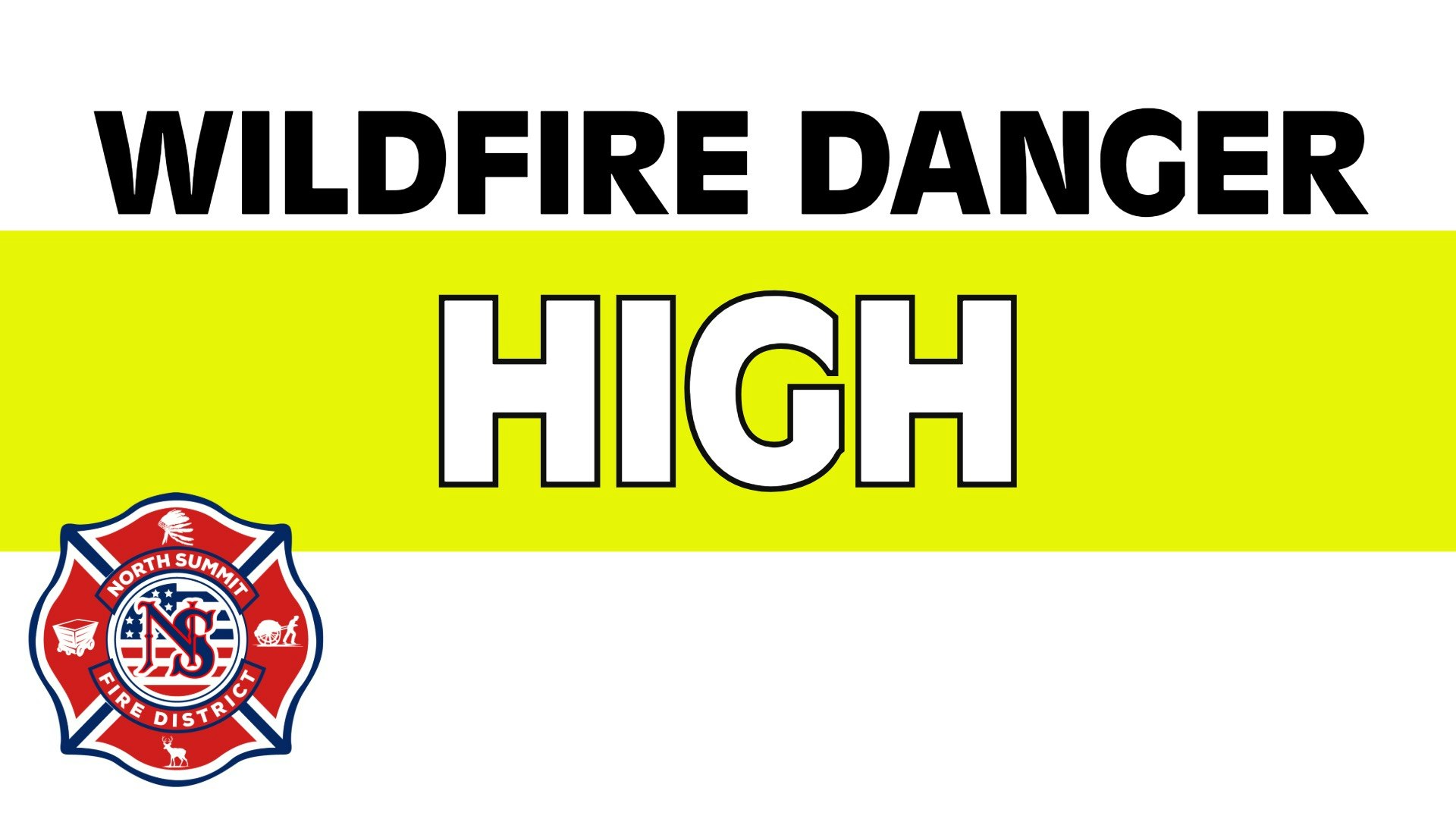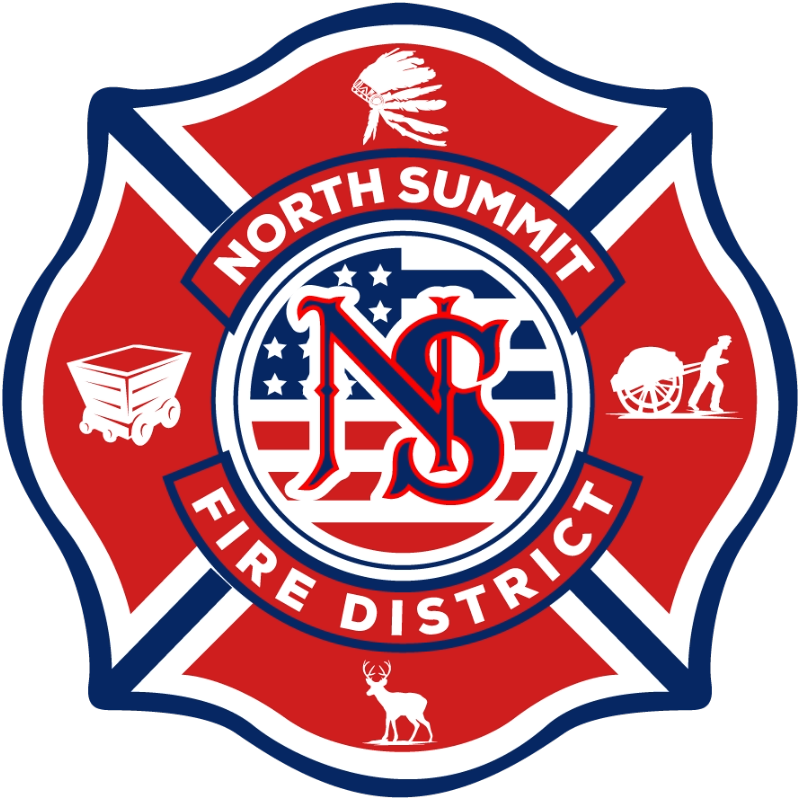High Wildfire Danger

When wildfire danger is high, the risk of fire ignition and rapid spread increases significantly. Here’s an overview of high wildfire danger and important tips to minimize fire risk.
Understanding High Wildfire Danger
Characteristics of High Danger:
- Fires ignite easily from most causes and spread rapidly.
- Dry conditions prevail, increasing the flammability of vegetation and other materials.
- Larger fuels such as trees and logs are more susceptible to burning.
- High intensity fires can develop quickly, making them harder to control.
Weather Influences:
- High temperatures and low humidity.
- Strong winds that can carry embers and fan flames.
- Extended dry periods that dry out vegetation and soil.
Tips to Avoid Contributing to Wildfire Risk
Around Your Home and Property:
- Create a Defensible Space: Maintain a buffer zone around your home to slow or stop the spread of fire.
- Clear a 100-foot zone of flammable vegetation.
- Prune trees and shrubs regularly to reduce fuel load.
- Keep grass short and well-watered.
- Use Fire-Resistant Materials: Build or retrofit homes with fire-resistant materials for roofs, walls, and decks.
- Regular Maintenance: Clean roofs and gutters of dead leaves, debris, and pine needles.
During Outdoor Activities:
- Campfire Safety: Avoid lighting campfires in high-risk areas.
- Use designated campfire rings and keep fires small.
- Always keep a bucket of water and shovel nearby to fully extinguish campfires.
- Dispose of Smoking Materials Properly: Use an ashtray for cigarette butts and ensure they are fully extinguished.
- Avoid Using Fireworks: Refrain from using fireworks in dry or grassy areas.
Safe Equipment Use:
- Check Equipment: Ensure lawnmowers, chainsaws, and off-road vehicles have spark arresters.
- Operate Safely: Avoid using equipment that generates sparks or heat in dry, grassy areas.
Burning Practices:
- Avoid Open Burning: Refrain from burning trash, debris, or fields during high wildfire danger.
- Follow Local Regulations: Comply with all burning bans or restrictions.
Vehicle Safety:
- Avoid Parking on Dry Grass: Hot exhaust systems can ignite dry vegetation.
- Carry Fire-Suppressing Tools: Have a shovel, bucket, or fire extinguisher in your vehicle.
Reduce Flammable Materials:
- Store Flammables Safely: Keep firewood, propane tanks, and other flammable materials away from structures.
- Manage Vegetation: Trim branches and clear vegetation regularly.
Community Involvement:
- Work Together: Participate in community wildfire preparedness programs.
- Develop Emergency Plans: Establish and practice evacuation routes with neighbors and community members.
Emergency Preparedness
Prepare Your Home:
- Install Smoke Detectors: Ensure smoke detectors are working and properly placed.
- Have Fire Extinguishers: Keep fire extinguishers easily accessible and know how to use them.
Develop a Wildfire Action Plan:
- Evacuation Routes: Know multiple evacuation routes and have a family communication plan.
- Emergency Kit: Prepare an emergency kit with essential items (water, food, medications, etc.).
- Stay Informed: Monitor local news, weather updates, and wildfire reports.
Stay Vigilant:
- Report Fires: Immediately report any signs of fire to local authorities.
- Follow Evacuation Orders: If ordered to evacuate, do so promptly and follow official instructions.
Resources and Further Reading:
- National Fire Protection Association (NFPA): Wildfire Safety Tips
- Federal Emergency Management Agency (FEMA): How to Prepare for a Wildfire
- Ready.gov: Wildfires
By taking these precautions during periods of high wildfire danger, you can significantly reduce the risk of starting or spreading wildfires and enhance the safety of your community.
